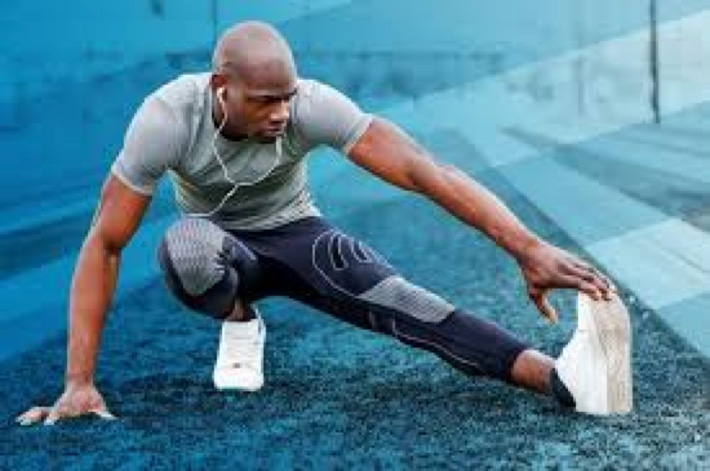
Stretching Reduces the Risk of Injury
Matthew A. Handling, M.D.
The fall sports season is right around the corner. Athletes should be training to get ready for their sport of choice. Building strength and speed are critical to sports but stretching and injury prevention programs are equally as important. In this blog, I would like to review the critical aspects of stretching. Stretching reduces the risk of injury by improving flexibility and range of motion, improving blood flow to muscle, and reducing pain. If you don’t stretch, the muscles can become shorter and tighter and lead to more risk of injury. There are 4 types of stretching.
- Active stretching – Involves holding a position and targeting a muscle group
This example is targeting the triceps muscle group.
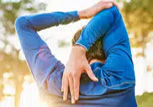
- Passive stretching – Used for enhancing your balance and flexibility by holding a pose with gravity.
In this example, the target muscle is being lengthened. Passive stretching is commonly used in yoga.
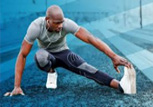
- Dynamic Stretching – This type of stretch is achieved with movements with momentum rather than holding one position.
An example would be swinging your leg upward through a range of motion to stretch the hamstring. Each swing will activate muscle and increase flexibility.
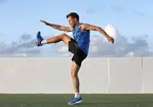
- PNF – Proprioceptive Neuromuscular Facilitation
This is an assisted stretching method with the help of certified specialist. A certified specialist will focus on a specific muscle group.
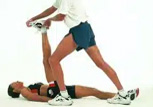
When to stretch:
It is best to stretch before and after exercise. Prior to activity or sports, the muscles in your body need to be slowly stretched or lengthened to reduce tightness. It is important to slowly stretch a cold or inactive muscle to prevent injury. A warm-up prior to stretching will help prevent injury as this will improve blood flow to a muscle and loosen or warm up the muscle. Take time to build up flexibility by flexing a bit more after each warm-up period. These stretches should not be forced or cause any pain.
Before exercise:
- Take a brisk walk
- Progress to leg swings, high steps, calf raises, lunges and arm swings
- Dynamic stretches that mirror your work out but at a lower intensity
After exercise:
- Walk at a slow pace to relax muscles
- Active, passive and dynamic stretches are good, as muscles are appropriately warmed-up
- These stretches should help relieve tension and promote relaxation.
My name is Matt Handling and I am a board-certified orthopaedic surgeon with a certificate of added qualification in sports medicine. I currently see patients in Newark, Smyrna, and Dover. I provide care for sports and overuse injuries with an emphasis on rehabilitation and minimally invasive arthroscopic surgery. Please schedule an appointment today.
Quick Links
Schedule an Appointment
* indicates a required field.
